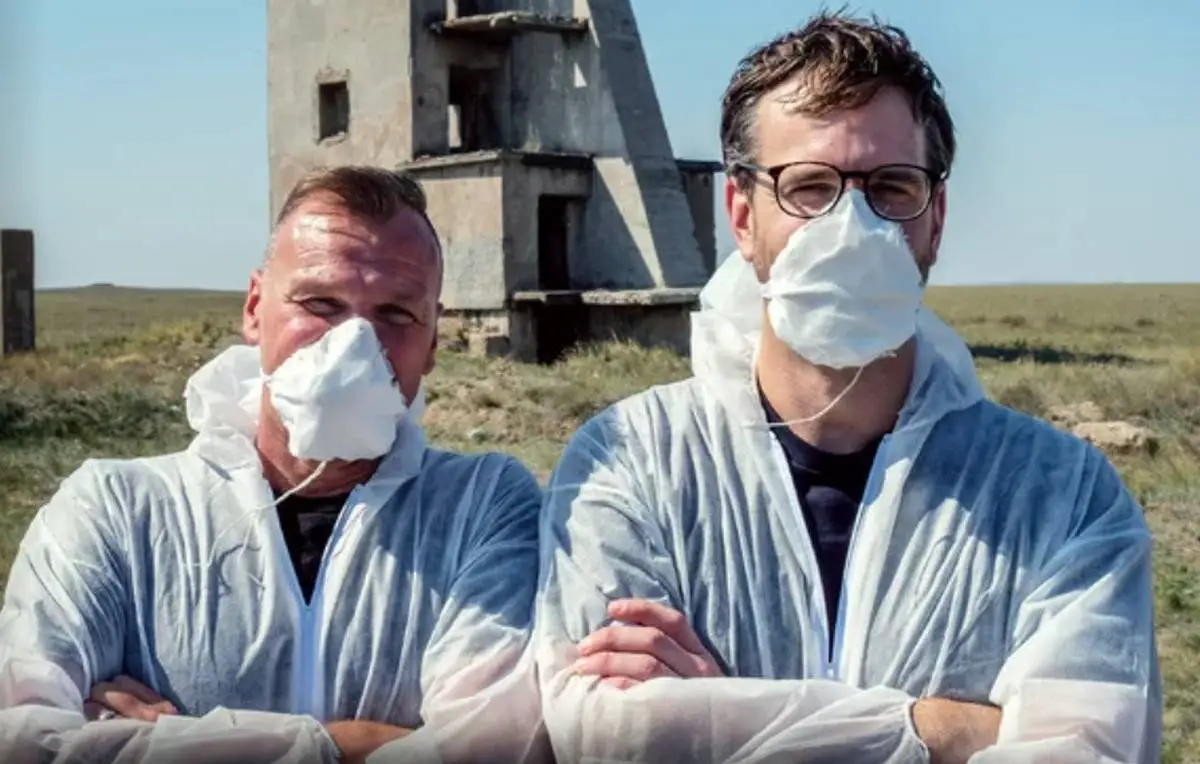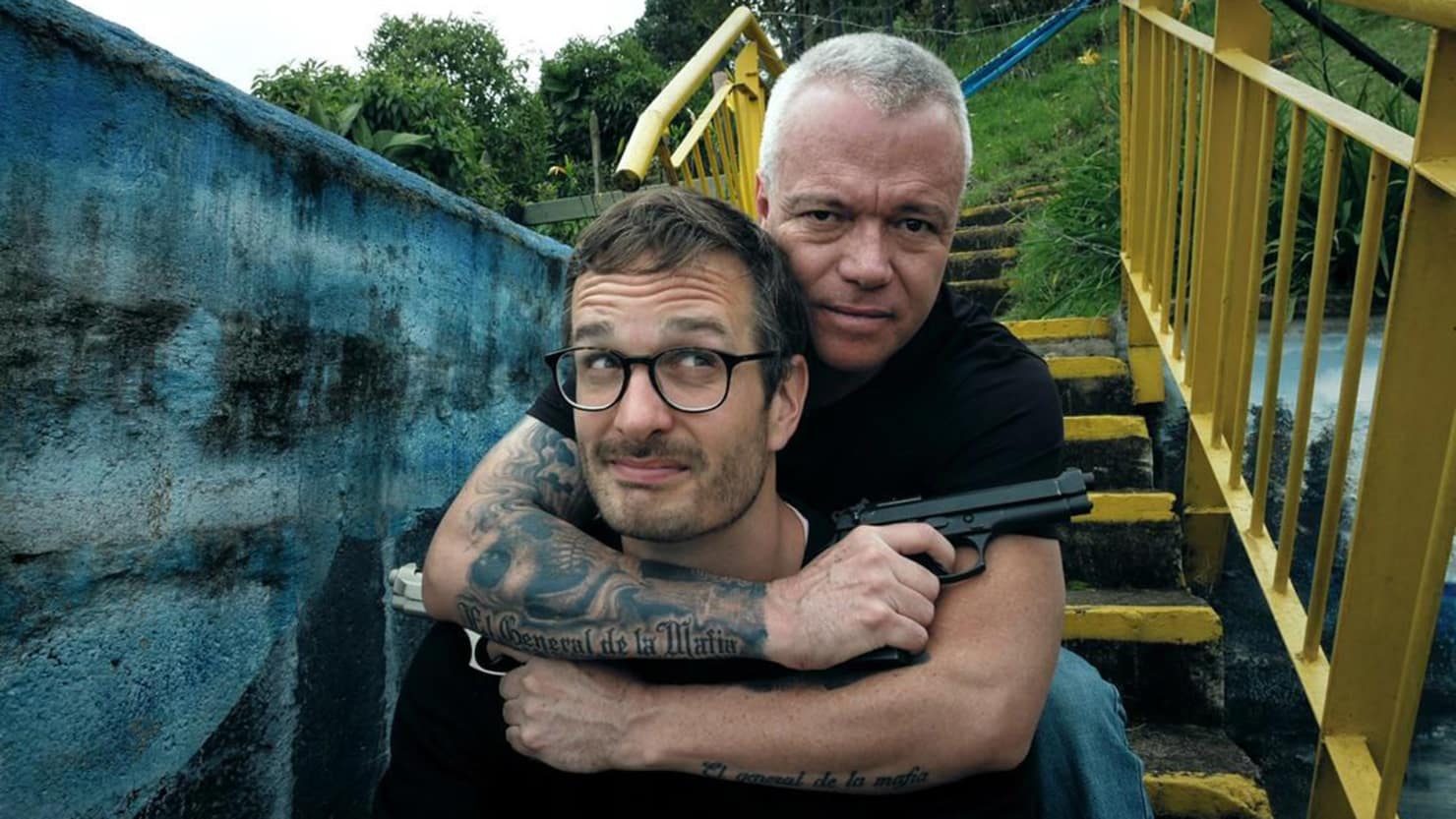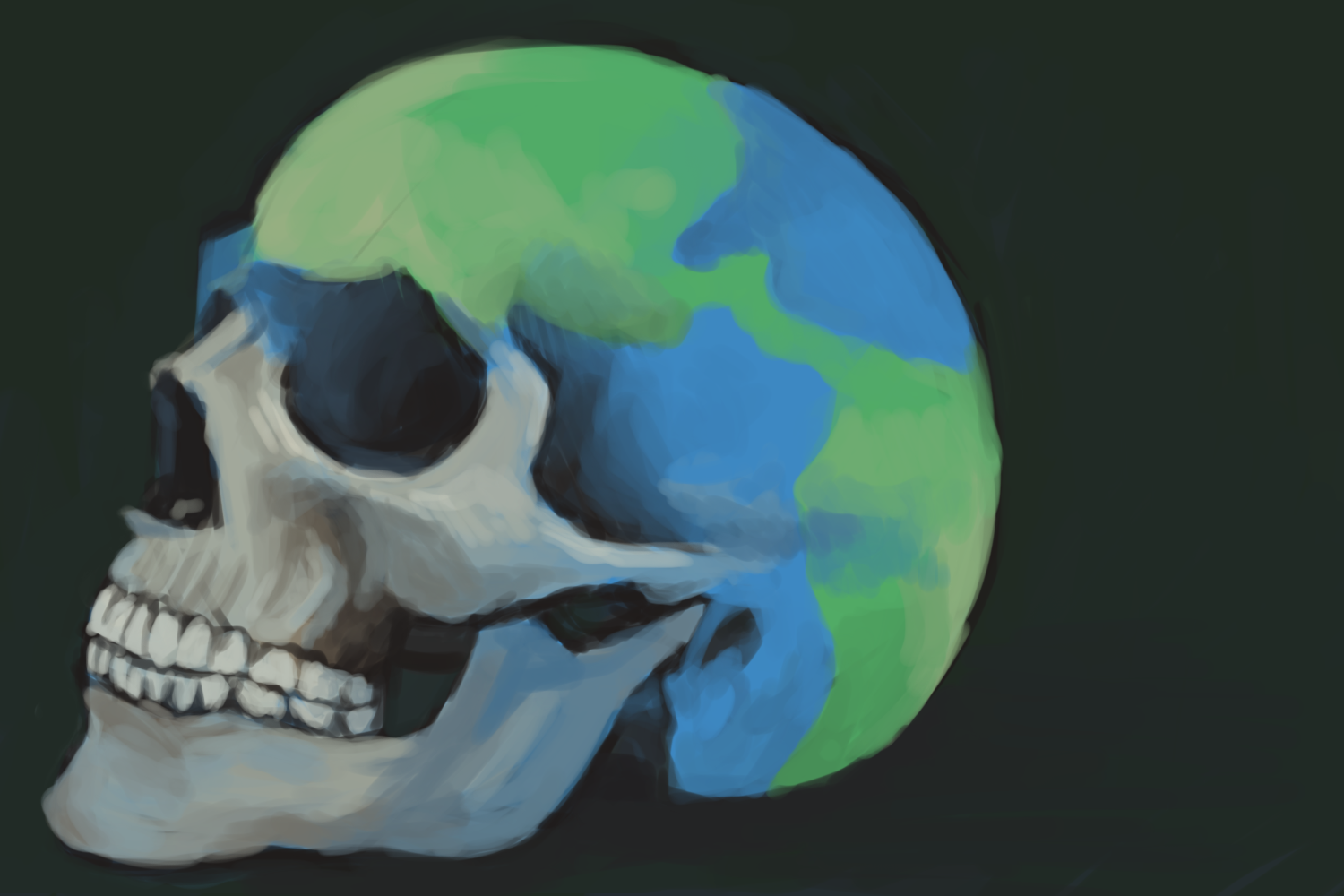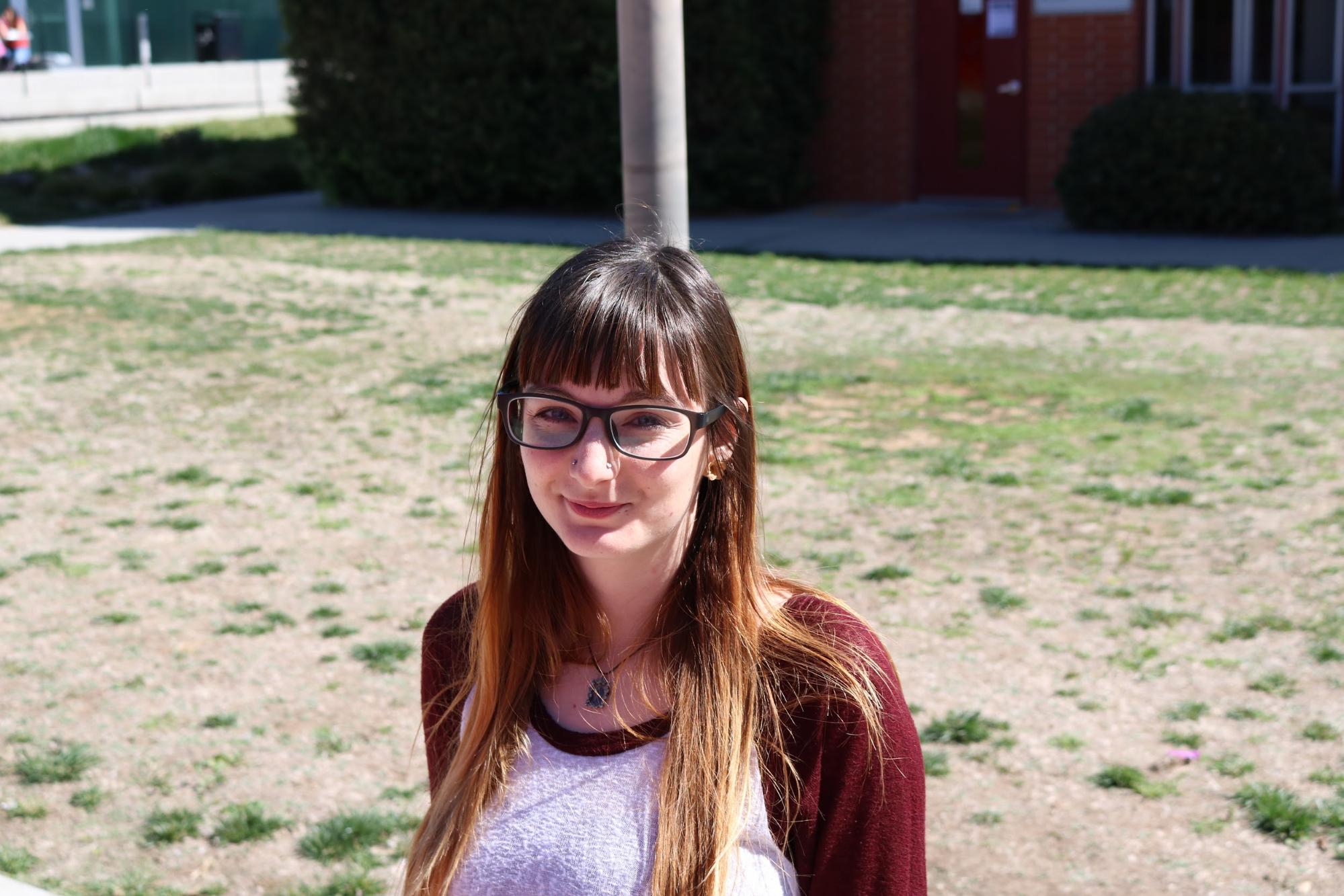Forget about relaxing on the beach in the Bahamas, strolling through ornate museums or traveling to watch your favorite sports team play. Instead, take a vacation to explore the world’s oddities and discover it’s darker side. Netflix’s original show “Dark Tourist” follows the New Zealand journalist David Farrier on his thrilling adventures to uncover various hotspots historically associated with death and suffering.
This is not the first of his documentaries. In 2016, Farrier brought us “Tickled.” The New Zealander documented an eye-opening film about the secretive world of “competitive endurance tickling.” Too often we find #vacation overwhelming our social media feeds, breeding world travelers and destination bloggers to display luxurious corners of the globe. “Dark Tourist” darkens the spotlight, twisting it into a horror scene that leaves viewers questioning if their tour guide is lost or contemplating if this is the end.
Dark tourism is the anomaly most horror buffs are looking for instead of overbearing sunshine and sand that never leaves every crevice. Farrier is attracted to these dark locations and each episode transcends not only him, but also the audience into a real life splatter flick.
Farrier seeks out similarly disjointed points of interest in “Dark Tourist” that are geographic in nature. Every episode features three or four different dark destinations on a particular continent. The show, like the definition of dark tourism, fixates on areas defined by death and destruction. Farrier documents his attempts to immerse himself in the places one is supposed to avoid.
The docuseries transports viewers to the most dangerous, off-limits and inappropriate sites and scenes the world has to offer a macabre vacationer.
The “Tickled” director embeds himself in Latin America, Japan, the U.S. (twice), The Stans, Europe, Southeast Asia and Africa with several macabre pit stops in each region.

“Dark Tourist” is an eight-part series that celebrates the craziest “hot spots” accessible to the general public or, in some cases, the forbidden locales guarded by staunch military police. If you have ever wondered what it’s like stroll through a nuclear fallout zone, take part in a voodoo initiation ceremony or be best buddies with Pablo Escobar’s top assassin, then “Dark Tourist” is your kind of binge-worthy entertainment.
Through each 40-minute installment, Farrier plunges himself into situations both perilous and awkward. He is a fundamentally jovial sort of wide-eyed explorer, an incongruity that, given the macabre locations, makes the series all the more captivating.
Farrier is perversely enticed by things that are unsafe and unseemly, such as a haunted house where customers are literally tortured, the ghost town of Famagusta, Cyprus, where Turkish officials threaten intruders with arrest or gunfire or the Turkmenistan capital of Ashgabat. “Dark Tourist” is, in this respect, an attempt to shine a light on locations that are shrouded in darkness.
The documentary filmmaker routinely, and blatantly, ignores warnings and common sense to infiltrate these off-limits districts. Though his efforts to penetrate are whimsical, there is something thrilling about his dedication, general self-disregard and guidance through locations not mapped on the common tour guide.
“Dark Tourist” uncomfortably transports the journalist into weird, isolated and definitely prohibited settings that range from Manson’s old hangouts, Escobar’s neighborhood, JFK’s assassination spot, a vampire’s home and Dahmer’s haunts.
Farrier discovers numerous individuals exploiting past tragedies who cater to the intrigue of death and the unsavory side of misfortune these dark tourists crave.

During the series, Farrier must confront his own conflicted attraction and repulsion toward these locations. While he finds himself in questionable situations, he never condemns or judges the lives of his chosen tour guides.
Not all of his vacations stem from archival descent but rather glorify — and ultimately profit from — widely accepted misconceptions. This drives Farrier to question the accuracy of facts for curiosity’s sake and for an authentic “dark tourist” experience.
Farrier unforgettably encounters the proprietor of England’s Littledean Jail “Museum” who curates displays, such as Nazi lampshade made of human flesh and dioramas of KKK members holding African-American babies. This “historical” hotspot reeks of inaccuracy and Farrier writhes in discomfort at the repulsive way in which these displays are presented as truth to its customers.
Each destination is its own unique experience. Farrier does not limit himself, or you, the risky escapades necessary to undergo these enthralling adventures.
The craziest aspects is that these oddities are right in our own backyard. Why have we not unearthed the bizarreness by now?
Whether you want to illegally cross the border after meeting a death-worshipping Mexican cult, soak up copious amounts of radiation — from more than one location, surprisingly — or swim the depths of the most-nuked place on Earth, then safely plant yourself on your couch and watch “Dark Tourist.”
Do not just be a tourist, be a dark tourist.

















